2016 is coming to an end. Looking at the whole year, the main melody sung in the TV industry is undoubtedly "Who will dominate the future." Indeed, TV display technology seems to have reached a time node in 2016, symbolizing that the future front-end technology continues to mature, and OLED, quantum dots, HDR, and laser TV are on the rise, intending to expand their territory and occupy the mainstream of the future. market. This situation also made LCD, the big brother of rivers and lakes, feel unprecedented pressure.
Recall that ten years ago, LCD began to emerge and gradually invaded the mainstream market. Consumers favor products that are ultra-thin and power-efficient, while also offering outstanding image quality. In the end, the LCD TV became unmanageable and became the only overlord in the display field for ten years. It also successfully replaced the CRT TV. Ten years later this year, OLED (Organic Light-EmitTIng Diode), the next-generation revolutionary display technology recognized by the industry, is expected to dominate the next display era.
The LCD TV took about 4-5 years to completely replace the CRT, and the OLED technology only experienced a short period of 3 years from discovery to product launch. Many people think that OLED is not yet a climate. LCD TVs will also Continue to occupy the mainstream market in the next few years. However, the current development rate of OLED technology seems to have exceeded our expectations. The stubborn disease of yield rate has been well cured, and OLED TV products on the market have gradually been recognized by consumers. It is reported that in the North American market, 55-inch and 65-inch TV products, OLED TV has accounted for more than 70%.
At present, the OLED lineup is constantly expanding. In addition to brands, upstream panel manufacturers are gradually increasing, led by South Korean panel manufacturer LG Display, and mainland panel factory BOE also spent 10 billion to build an OLED panel factory in the first half of this year. Japanese companies can be described as the leader in the LCD era, but in the OLED layout faced by Chinese and South Korean manufacturers, in order to catch up with the OLED era ticket, the Japanese panel factory JDI also decided to jointly develop and produce OLED panels with JOLED. All the signs indicate that front-end manufacturers are actively deploying and developing OLED technology, and the threat of OLED to liquid crystals has also grown.
The advantages of OLED over LCD
OLED (Organic Light-EmitTIng Diode) organic light-emitting diode, has been recognized by the industry as the next generation of revolutionary display technology, it has physical advantages unmatched by LCD technology, self-luminous characteristics, true color, zero delay, infinite contrast, extreme Ultra-thin, flexible display and other characteristics. We all know that the LCD itself does not emit light and needs the support of the backlight, so light leakage is inevitable, and it cannot display real black, which will also bring about natural smears such as smearing and poor color performance.
Compared with the liquid crystal technology with complex structure, OLED display technology does not need the support of backlight, so the structure is very simple, the body can also reach the ultimate ultra-thin, the thickness of the thinnest OLED TV on the market is only an amazing 2.57mm (LG Signature seal Printed G6 TV). As the major TV brands have become more mature in driving OLED technology, the future OLED TVs are expected to achieve a thickness of less than 1 mm, which is beyond the reach of LCDs.
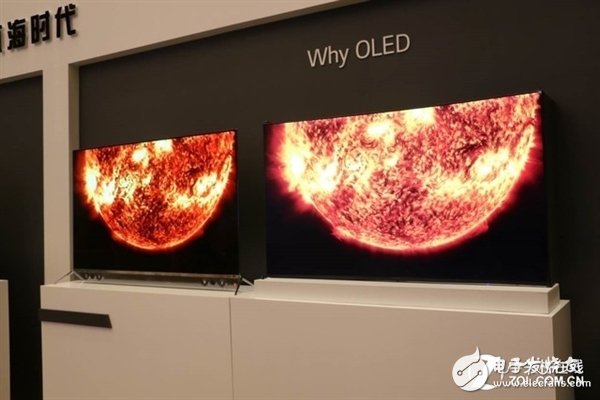
Since OLED does not require backlight, colors can be displayed natively. Because of the influence of the backlight system, the LCD is obviously affected by the backlight source, just like the screen is forced by a strong light, which affects the performance of the picture quality itself. In other words, the presence of the backlight not only affects the black field (detail details) performance of the LCD product, but also has a negative impact on the picture from beginning to end. It can be said that the backlight system of the LCD TV is the culprit that destroys the image quality performance However, the current quantum dot TVs on the market can not get rid of the stubborn illness of the liquid crystal itself.
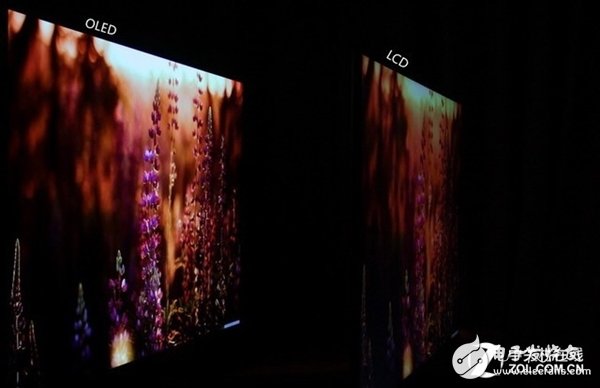
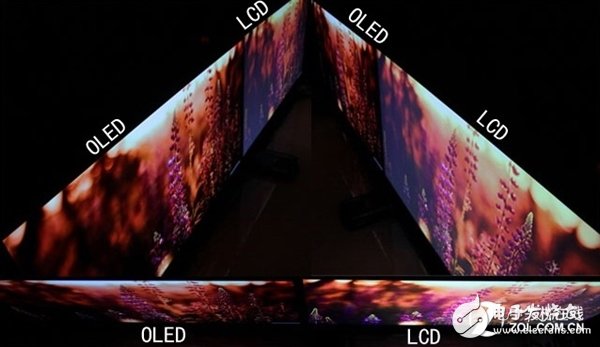
In addition to the physical characteristics such as self-luminescence, no delay, infinite contrast, extreme ultra-thin, flexible display, OLED technology also has the natural advantage that the extreme viewing angle is not distorted, that is, a very wide viewing angle. As the focus of family entertainment, TV products serve the whole family, so the performance of the viewing angle is very important. Our Zhongguancun online evaluation room has used OLED TVs and LCD TVs to make comparative evaluations. The test results of the viewing angle are clear at a glance.
OLED is the best choice in the DOT era
In fact, OLED has been questioned in the early days of its birth, and its yield and service life issues have worried consumers, and it is also the main factor that has not rapidly spread OLED. However, the yield rate of OLED screens in August this year has exceeded 80%, and reached 85% in November, which is very ideal data. It must be understood that the sharp increase in the yield of OLED panels took only two years, and it is the fastest maturing rate in the history of display technology. It must be known that the yield of liquid crystals in the initial stage of development was less than 50%, and it took ten years to reach the current 85% level as long as. At the same time, the current use time of OLED screens has exceeded 50,000 hours. If you watch 8 hours a day, you can watch continuously for 17 years. It can be said that the problem of longevity has also been well resolved.
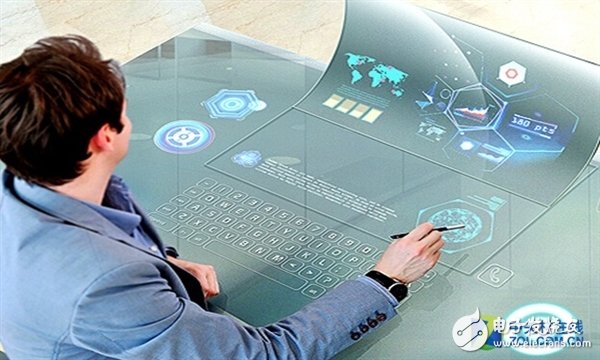
This rapid development is an important factor for many manufacturers to be optimistic about the prospects of OLED. At present, domestic brands Skyworth, Konka, and Changhong have joined the OLED camp and have launched OLED TV products. Japanese brand Panasonic, European Metz, Grundig, Vestel, Olufsen also use their OLED TVs as flagship flagship models. The reason why many manufacturers are enthusiastic about OLED is that OLED is not only a symbol of high-end, but also a symbol of the brand's technical strength.
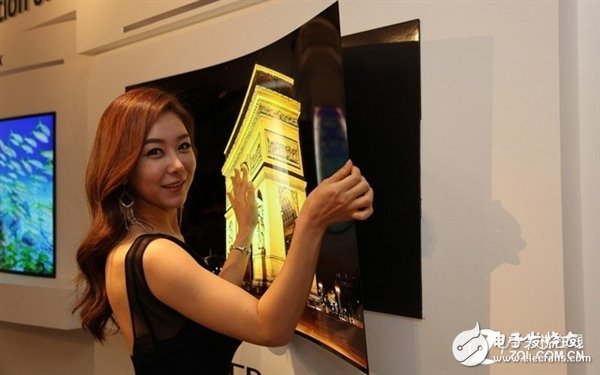
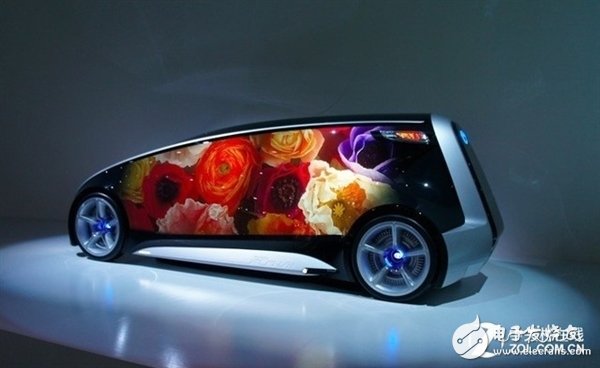
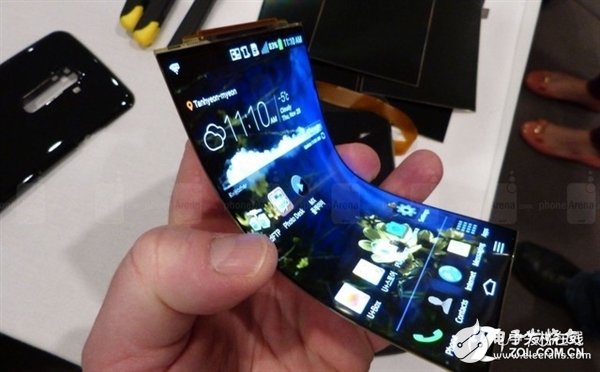
OLED display technology has the three core elements of any place, any shape, and no borders, which is full of infinite possibilities. Anywhere, diverse forms of existence, unlimited development space, etc., advanced physical characteristics make OLED can be unlimited. Anything that can be imagined is about to happen, and the old LCD technology is limited by various influences. It is currently not suitable for the needs of the new era. OLED has completely replaced LCD and has entered the countdown!
Frequency Inverters, also known as Variable Frequency Inverters or Variable Speed Drives, are electronic devices that are used to control the speed of an electric motor. They convert the incoming AC power into DC power and then back to AC power at the desired frequency and voltage. These devices are commonly used in industrial and commercial applications to regulate the speed of machines and equipment. Low Power Inverters, on the other hand, are designed for use in smaller applications such as home appliances and small machinery. They are typically less expensive and have a lower power output compared to their industrial counterparts. Overall, Frequency Inverters and Variable Frequency Inverters are essential components in modern industrial and commercial applications, while Low Power Inverters are more commonly used in smaller scale applications.
Frequency Inverter,Variable Frequency Inverter,Low Power Inverter,Variable Speed Drive
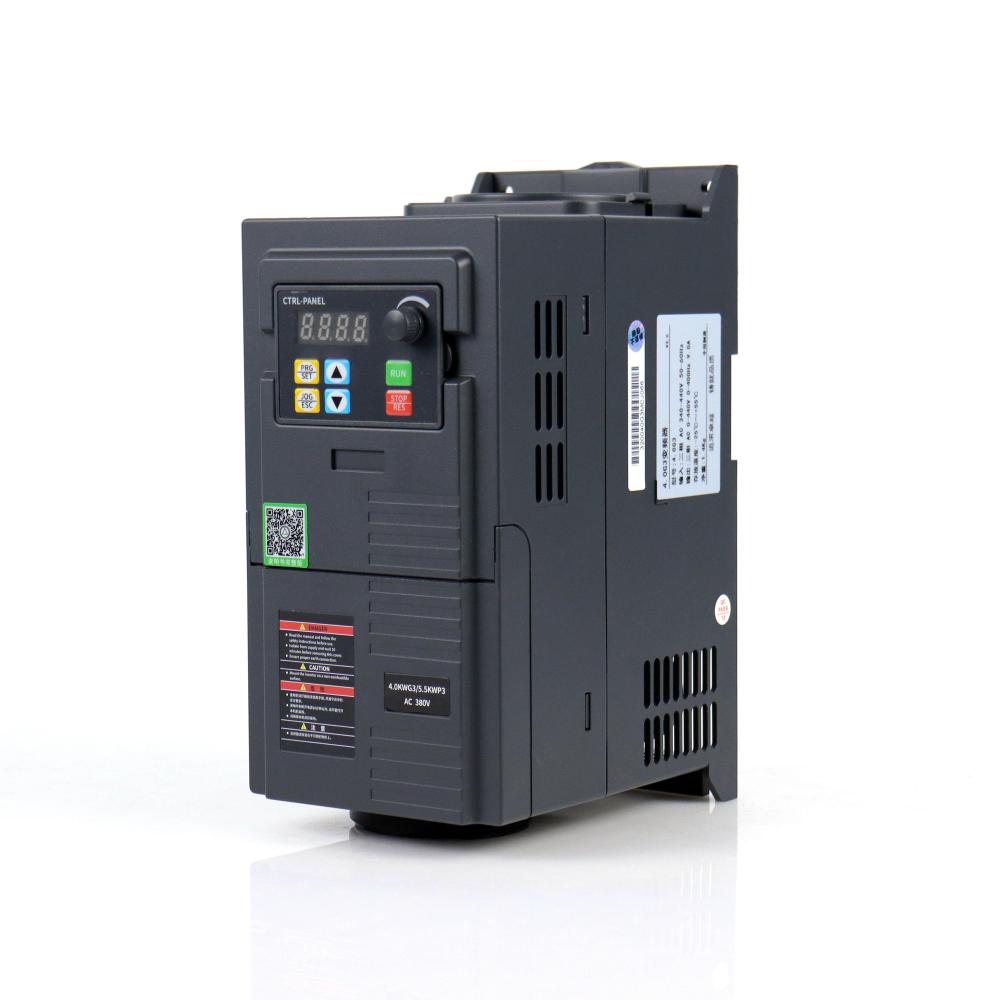
Frequency Inverter,Variable Frequency Inverter,Low Power Inverter,Variable Speed Drive
WuXi Spread Electrical Co.,LTD , https://www.vfdspread.com